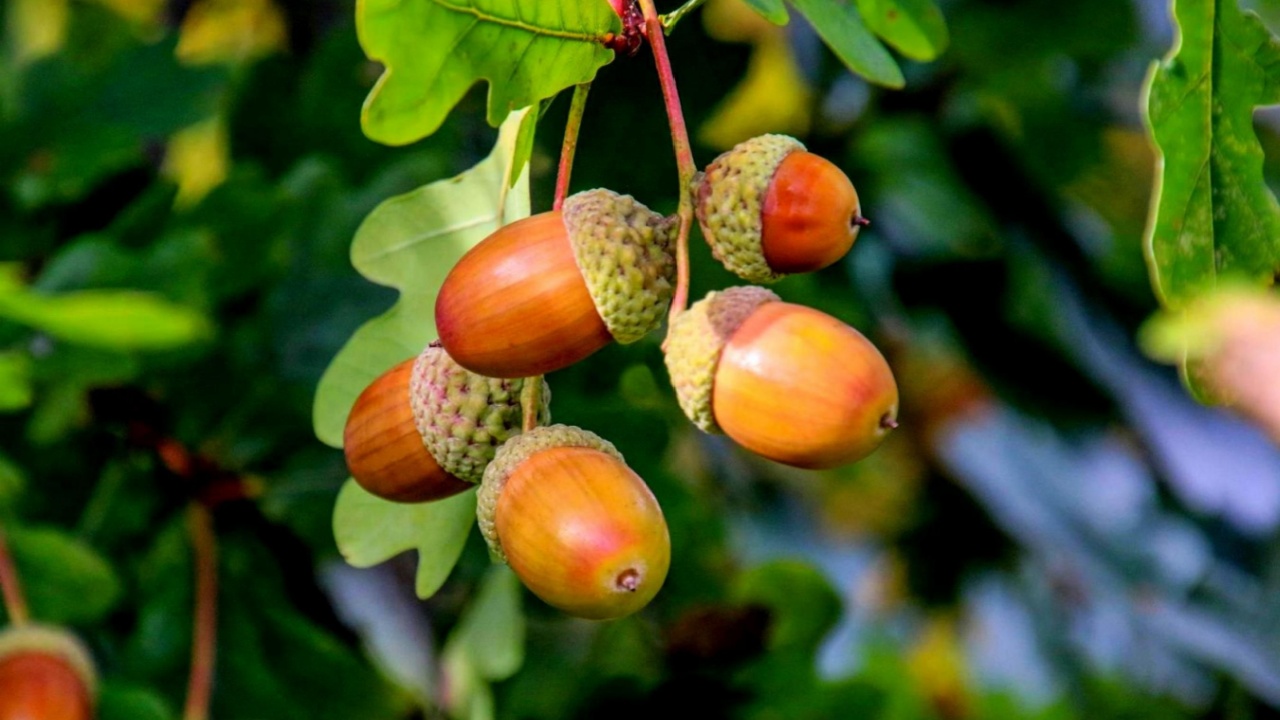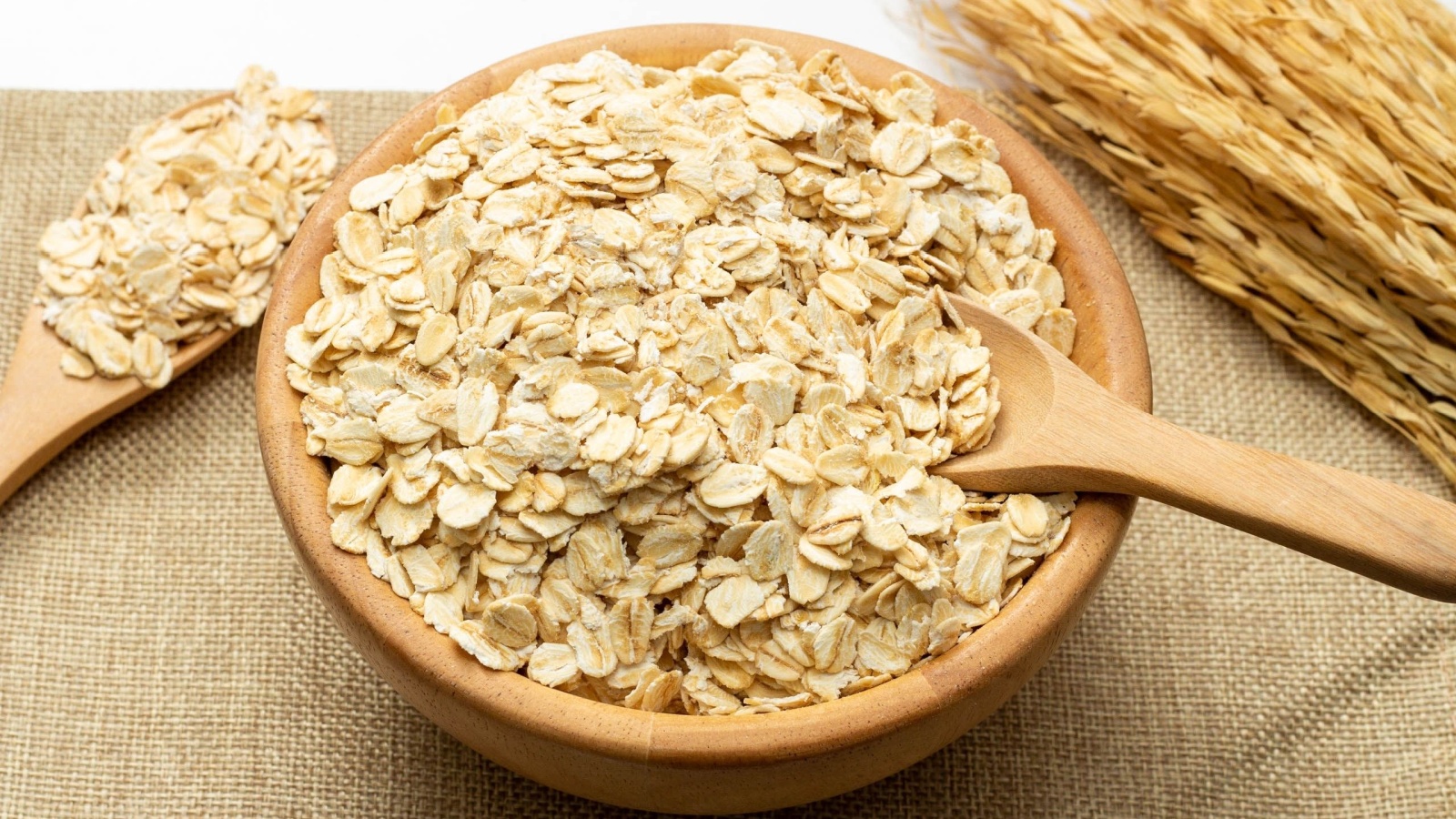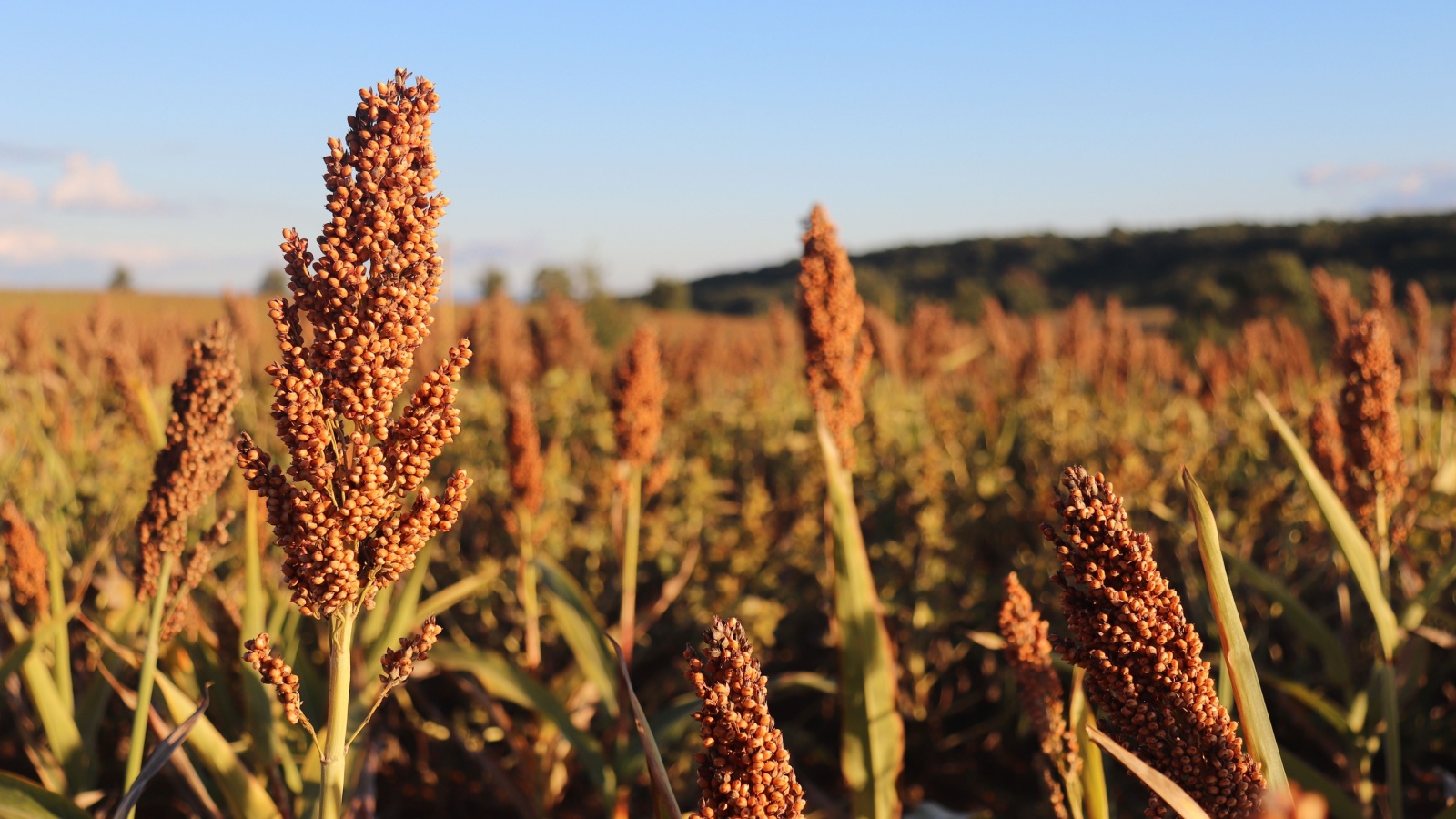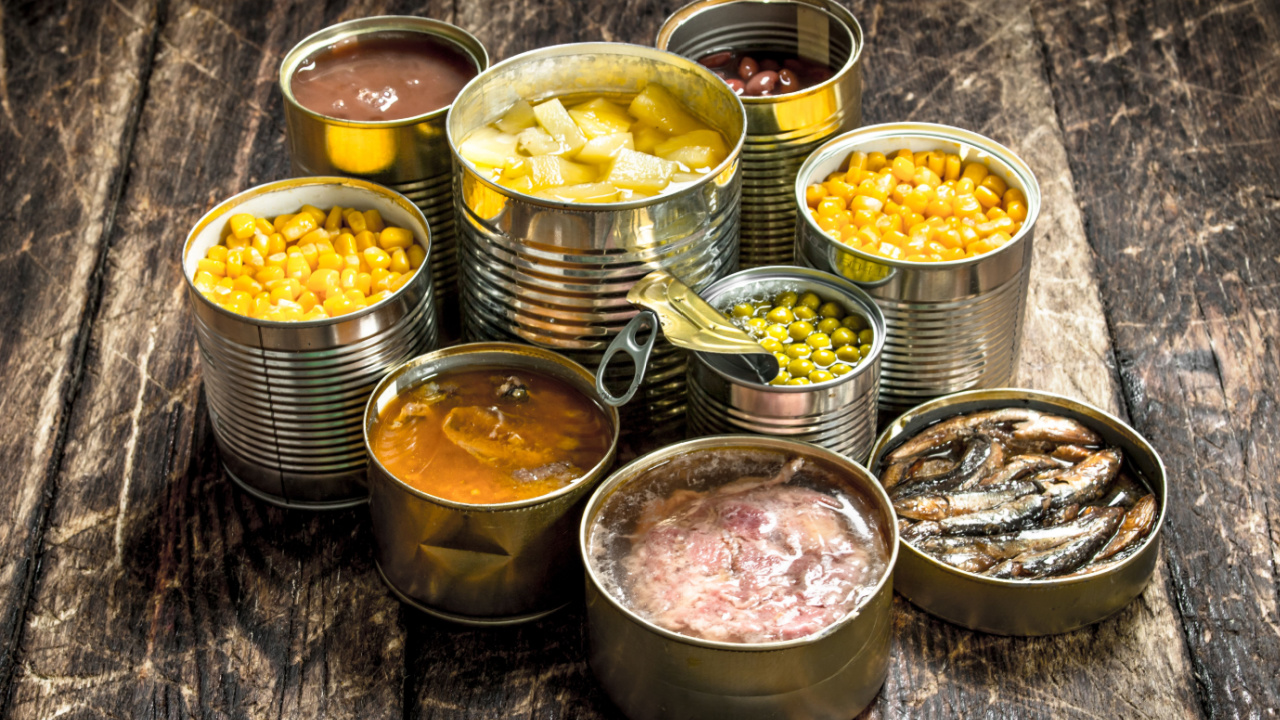

vThere are numerous plants that can be transformed into flour, offering alternative and nutritious options beyond traditional wheat flour. Experimenting with these alternatives can enhance your cooking and baking, while also providing valuable skills in self-sufficiency and preparedness.
IN a survival or scarcity situation, knowing which plants you can harvest and grind into flour can save lives and stave off malnutrition.
1. Acorns
Acorns are a versatile and nutritious option for making flour. Start by gathering acorns and removing their shells.
Once shelled, you need to leach the acorns to remove tannins, which can make them bitter.
Grind the leached acorns into a fine meal using a grain mill or food processor. After grinding, ensure the meal is dry to prevent spoilage. Store in an airtight container.
2. Chestnuts

Chestnuts can be turned into flour with a few simple steps. They have a sweet, slightly nutty flavor, making them ideal for both sweet and savory dishes.
Start by scoring the chestnuts with an X to allow steam to escape during roasting. This prevents them from exploding.
Roast the chestnuts at 400°F for 25 minutes until the skins peel back.
Let the chestnuts cool, then peel away the skins. Finally, grind the peeled chestnuts into a fine flour using a food processor or a grain mill.
3. Cattails

Cattails are commonly found in wetlands and offer a unique source of flour. You can collect cattail pollen when the plant flowers in the spring. The process is simple: shake the pollen into a container.
Once collected, store the pollen like regular flour. Keep it in a sealed container, away from sunlight, moisture, and heat.
Cattail flour can be a valuable addition to your pantry, especially if you are looking for diverse food options.
4. Quinoa

Quinoa is an excellent option for making flour. It’s a nutritious grain, rich in protein and gluten-free.
Before grinding, rinse the quinoa to remove its bitter coating. Toasting it after rinsing improves the flavor.
To make quinoa flour, use a food processor or a grain mill. Grind until you achieve a fine, flour-like consistency. Sift to eliminate any larger pieces for the best results.
5. Chickpeas

Chickpeas are a great source of protein and fiber. Making flour from chickpeas is straightforward. Start by soaking dried chickpeas overnight, which helps soften them.
After soaking, rinse the chickpeas well. Then, dry them as thoroughly as possible.
Next, use a high-speed blender or food processor to grind the chickpeas into a fine powder. Sift the flour through a fine-mesh sieve to remove any larger particles.
Chickpea flour, also known as besan or gram flour, can be used in many recipes. It works well in baking, making sauces, or as a thickener in soups and stews.
6. Amaranth

Amaranth has been used for flour since the times of Native American communities. The tiny seeds are rich in protein, fiber, and essential amino acids.
To make amaranth flour, grind the seeds in a high-quality blender or grinder. After grinding, sift the flour to remove any unground seeds or coarse particles. Regrind these bits to ensure a fine consistency.
Amaranth flour has a slightly earthy flavor and is gluten-free. This makes it ideal for those with gluten sensitivities.
Amaranth can enhance both baking and cooking recipes, contributing to both taste and nutrition.
7. Buckwheat

Buckwheat is a versatile grain that you can turn into flour for various recipes. The process starts with buckwheat groats, which are the seeds of the buckwheat plant.
To make buckwheat flour, place the groats in a blender. Blend until the groats turn into a fine, powdery flour. This usually takes about 45 seconds to a minute.
Buckwheat flour is gluten-free, making it an excellent choice for those with gluten sensitivities. It offers a slightly nutty flavor and works well in pancakes, bread, and other baked goods.
Because of its high fiber content, incorporating buckwheat flour into your diet can aid digestion. Plus, it’s rich in essential nutrients like iron, magnesium, and B vitamins.
8. Wild Rice

Wild rice is a versatile and nutritious plant that can be ground into flour. It grows abundantly in North America, especially around lakes and streams.
To make flour, you need to harvest and dry the wild rice grains. Once dried, use a grinder or blender to reduce the grains to a fine powder.
This flour is rich in protein and fiber, making it a great addition to your pantry.
9. Oats

Oats are one of the easiest grains to turn into flour. You can use old-fashioned rolled oats or quick oats, both of which are readily available. Oat flour has a slightly sweet and mild flavor, making it a popular choice for baking.
To make oat flour, fill your blender or food processor halfway with oats. Blend for 20-60 seconds until they turn into a fine powder.
Use oat flour in your recipes for a nutritious boost.
10. Sunflower Seeds

Sunflower seeds can be transformed into a versatile flour that is gluten-free. It’s perfect for those looking to avoid traditional wheat flour.
To make sunflower seed flour, place the seeds in a high-speed blender or food processor. Grind them until they become a fine powder.
Sift the ground seeds to catch any larger pieces. Regrind these pieces and sift again.
11. Sweet Potatoes

Sweet potatoes are a nutritious and versatile plant to turn into flour. You start by peeling and slicing the sweet potatoes into thin, even pieces. Using a mandoline slicer can help achieve uniform thickness.
After slicing, dehydrate the pieces at a low temperature, around 115-125 degrees Fahrenheit. This process ensures that the sweet potatoes dry out completely without burning.
Once dried, grind the pieces into a fine powder using a high-powered blender or food processor. You now have fresh sweet potato flour ready to use.
12. Millet

Millet is a versatile grain that can be turned into flour quite easily. It’s gluten-free, making it a great choice for those with gluten sensitivities.
To make millet flour, you’ll need a high-speed blender or a grain mill. Simply place the millet in the blender and process it until it becomes a fine powder.
Millet flour is ideal for baking bread, making pancakes, or thickening soups. Its slightly sweet, nutty flavor enhances many recipes.
13. Sorghum

Sorghum is a highly versatile and drought-resistant plant. Its grains can be ground into flour, which has a mild flavor and is naturally gluten-free. This makes sorghum flour a great choice for those with gluten sensitivities.
You can use sorghum flour in various recipes, from baking bread and cookies to making pancakes. It can also serve as a thickening agent in soups and sauces, adding nutritional value without compromising flavor.
14. Pumpkin Seeds

Pumpkin seeds can be a great source of homemade flour. Start with raw or roasted pumpkin seeds. Place the seeds in a blender or food processor.
Blend until the seeds become a fine powder. The flour should feel smooth with a slightly grainy texture.
Pumpkin seed flour is rich in nutrients. It adds a nutty flavor to baked goods. This flour is also gluten-free.
15. Hazelnuts

Hazelnuts can easily be ground into flour and used in various recipes. Start by toasting them in the oven at 350°F for 10-15 minutes until they turn golden brown.
Once cooled, remove the skins to ensure a smooth flour. Grind the nuts in a food processor or blender. Be cautious not to blend too long, or they’ll turn into nut butter.
Hazelnut flour adds a rich, nutty flavor to baked goods like cookies and breads.
16. Pine Nuts

Pine nuts are an excellent source for making flour. These small seeds come from certain species of pine trees, most commonly found in the Northern Hemisphere.
To harvest pine nuts, you need to collect the cones and extract the seeds. Once you have the seeds, let them dry before grinding them into flour.
Pine nut flour has a slightly sweet and nutty flavor, perfect for adding a unique taste to your recipes.
Pine nuts are rich in protein and healthy fats, making the flour nutritious and versatile. Consider using this flour in cookies, bread, or as a thickener for soups and sauces.
17. Corn

Corn is a versatile plant that you can easily turn into flour. You can use both yellow and white corn varieties. Corn flour is a staple in many cultures and is known for its unique taste.
The process of making corn flour involves drying the kernels and grinding them finely. Cornmeal, a coarser version, is also popular for baking.
Corn flour can be used in tortillas, cornbread, and various gluten-free recipes.
20 Crucial Supplies for Surviving a Societal Collapse

In the face of uncertainty, being well-prepared gives you at least some degree of control and security. The thought of a societal collapse, while extreme, prompts us to consider how we might endure without the conveniences of our current lifestyle. Here’s a list of 20 essential items that could prove indispensable in such a scenario. This guide isn’t about succumbing to fear but embracing preparedness and resilience.
14 Essential Canned Goods for Your Emergency Pantry

I firmly believe in keeping a well-stocked emergency pantry. While fresh food is ideal, in a survival situation, we may not be that lucky. So, for my family, even though we grow a lot of our own food, canned goods play a crucial role in emergency preparedness. They offer a reliable source of nutrition when access to fresh produce may be limited. The goods you stockpile should be affordable, easy to store, and full of nutrition.
Best Regions in the U.S. to Escape to When Society Collapses

Choosing a refuge in the event of societal collapse involves weighing the pros and cons of each location against your personal preparedness goals and abilities. Whether you’re drawn to the solitude of the desert or the protective heights of the mountains, the key is finding a place that offers safety and the opportunity for growth and renewal.
Becky is a wildlife enthusiast and pet and livestock care expert with a diploma in canine nutrition. With over a decade of experience in animal welfare, Becky lends her expertise to Simple Family Preparedness through insightful info about pets, livestock, bee keeping, and the practicalities of homesteading.


